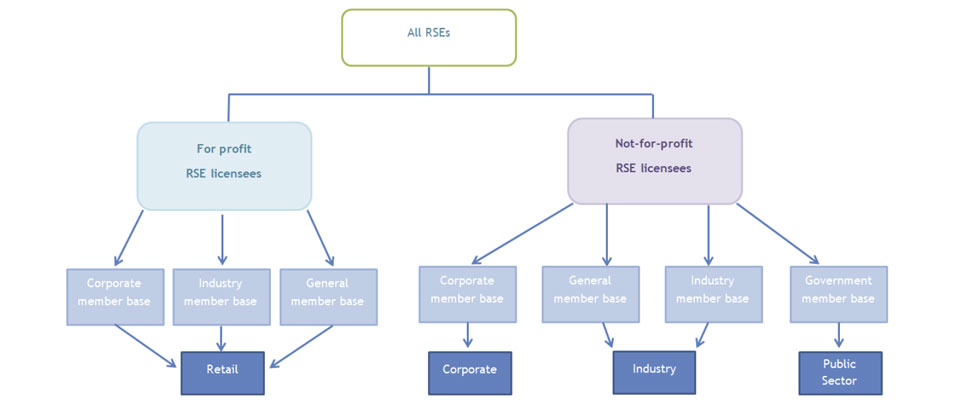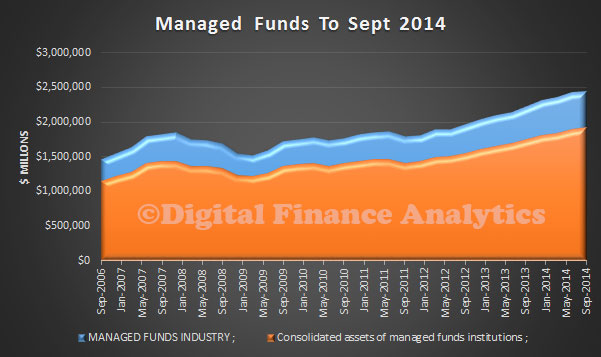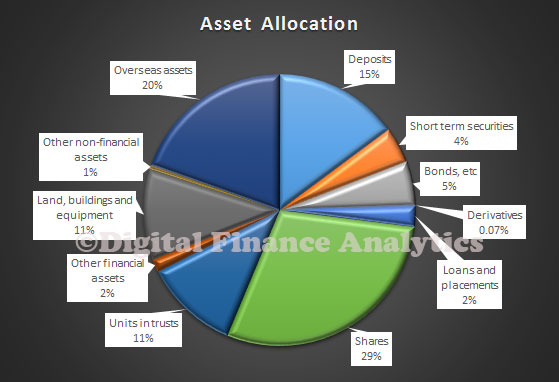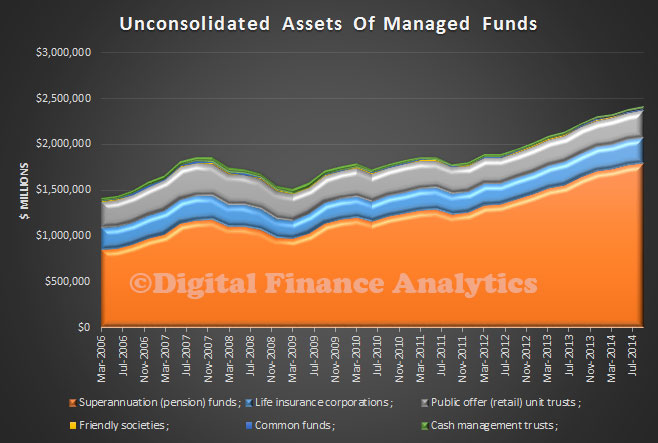There will, no doubt, be more calls for a Royal Commission into the impact of poor advice provided by financial planners, following the reports of mis-advice at the NAB, which follows on from CBA, and a long list of other firms.
It is clear that there has been significant poor advice provided by some, perhaps influenced by target chasing, commissions, personal gain or errors. Many who received such poor advice will probably be unaware, and simply observe their portfolios are not performing as they expected. On the other hand, poor performance does not necessarily mean poor advice, it could be simply market dynamics, because most investments are inherently risky. That said, it is therefore hard to get a good read on how many people are impacted, but my guess it is into the many thousands, many of these victims do not have deep pockets so cannot fight back.
The superannuation balances of Australians now stand at more than $1.93 trillion so more households will need advice going forward. Much of that could still be conflicted in the current industry structures. Conflicted advice is right in the middle of the current industry problems, and whilst there are many excellent advisors doing the right think by their clients, the reputation of the entire industry is being trashed.
Despite the FOFA reforms (which has been subject to various government attempted revisions) we think that there is still room for significant improvement in the regulatory framework, practice and culture relating to providing good financial advice in Australia, with a focus on doing the right thing for clients. The claim that “its just a few bad apples” becomes less credible as more organisations are implicated. Both ASIC and the recent FSI report highlighted significant structural problems.
We think that the concept of general advice should be removed, and advisors should not be able to receive any indirect financial benefit from the advice they provide.
Separately, financial products can be sold, provided all relevant facts, and costs are disclosed. The two – advice and product sales, should be separated completely. You can read my earlier discussions here. Any link between the two creates conflict and the risk of poor advice.
So, first we need to fix up the industry going forwards. Personally, I think the architecture of a solution is pretty clear, if unpopular from a market participants perspective. Next we need a mechanism to identify people who have received wrong advice, so it can be rectified. That of course is a complex process, and again will be resisted by the industry.
We do not need another couple of years of inactivity whilst yet more inquiries rake over the coals some more. Rather it is time for action.




